About Tai Chi
Tai Chi is a therapeutic form of exercise, a moving meditation, and a self-defense art that has been practiced for hundreds of years. The core practice involves learning and performing a sequence of postures and transitions, known as a 'form'. The form is performed slowly and continuously, taking about ten minutes from start to finish. Tai Chi doesn't involve any special equipment and can be done in a small space. Because of the gentle, slow practice, people in a wide variety of physical conditions can learn and practice it.
Once a student learns the Tai Chi form, they make progress by using their daily practice to learn more and achieve benefits. After learning the form, students learn additional practices such as tuī shǒu ('push hands'; also known as sensing hands), two person explorations of applying the principles of Tai Chi while interacting with another person.
Tai Chi is considered to have many positive effects, helping practitioners to:- Become more relaxed and grounded
- Improve general physical condition including balance, core body strength, coordination, and flexibility
- Achieve healthy posture and relaxed, efficient movement
- Reduce stress
- Strengthen their immune system
- Lower their blood pressure
- Increase their bone mass
- Help achieve harmony and balance in life by developing greater awareness of mind-body, emotions, physical condition, and spirit
- Aid longevity and enable regeneration
- Develop interpersonal relationship and self-defense skills
Origin of Tai Chi
While we know T’ai Chi has been practiced for hundreds of years, its origins are not completely clear. There are a number of theories and legends about it and two theories with considerable belief place its origins between the late 1300’s and the early 1700’s.“One legend is that the hermit Chang San-feng of Wu-tang Mountain invented T'ai Chi at the end of the Yuan and the beginning of the Ming Dynasty (1367-1403). Some, however, doubt the existence of Chang San-feng. The other theory states that T’ai Chi was first created by C’hen Wang-t'ing at the end of the Ming and the beginning of the Ch'ing Dynasty (1628-1736). He founded the Chen family T'ai Chi dynasty.”1Written records of Tai Chi became more consistent in the late 1700’s: “The most reliable record begins with Ch'en Ch'ang-hsien (1771-1853) of Chen Chia K'ou in Wen-hsien (Honan Province) during the Ch'ien-lung reign (1736-1796) of the Ch'ing Dynasty.”2
An Internal System
Tai Chi is an 'internal' system which focuses on developing awareness of the internal energy of the body, called ch'i (or qì). Developing ch'i leads to the mind directing the internal energy and the energy directing the movements of the body. This mind-body integration and ch'i awareness is channeled into performing movements with relaxed, alert focus. Applying one's full attention to performing the form in this manner results in a moving meditation. This promotes a calm, centered mindset and helps improve the spirit, while physically developing suppleness, flexibility, strength, and balance. Long-term practitioners often experience the emergence of interpersonal relationship and self-defense skills.Lineage
Tai Chi was traditionally taught with a “closed door” policy, passed down through generations of family, and only rarely to select individuals otherwise. One such student of the Chen family was Yang Lu-shan. “According to the Chen family records, although many generations of the Ch'en family practiced the art, it is Yang Lu-shan (1799-1872), the disciple of Ch'en Ch'ang-hsien and the originator of Yang Style T'ai Chi, who first spread the art throughout China with acclaim.”3 Yang Lu-shan passed his knowledge down to his sons, Chein-hou and Pan-hou. Chien-hou then taught the art to his two sons, Shao-hou and Cheng-fu.
Yang Cheng-fu (Yáng Chéng-fǔ)
 Master Yang Cheng-fu (1883–1936) learned T’ai Chi from his father, Yang Chien-you. He was a famous T’ai Chi master
in China and was one of the first to teach to the general public in Beijing and Shanghai. Yang Cheng-fu in turn
shared his knowledge with several disciples, including Cheng Man-Ch’ing.
Master Yang Cheng-fu (1883–1936) learned T’ai Chi from his father, Yang Chien-you. He was a famous T’ai Chi master
in China and was one of the first to teach to the general public in Beijing and Shanghai. Yang Cheng-fu in turn
shared his knowledge with several disciples, including Cheng Man-Ch’ing.
You can learn more about Master Yang on his Wikipedia page.
Cheng Man-ch’ing (Zhèng Màn-qīng)
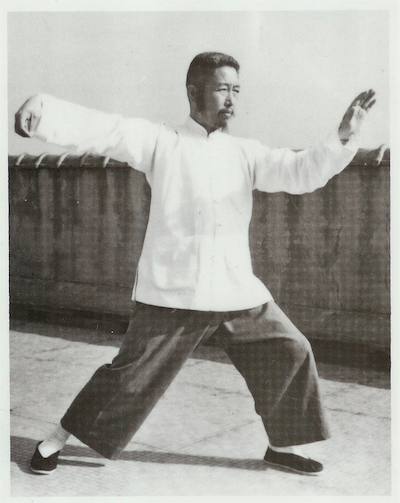

Cheng Man-Ch’ing was referred to as a Master of Five Excellences for his skills in calligraphy, painting, poetry, Tai Chi, and medicine. In his twenties he was a Professor of literature and painting, but became ill with lung disease. He took up T'ai Chi Ch'uan to regain his health and was introduced to Yang Cheng-fu, becoming his last disciple and studying with him daily for the last years of Yang’s life.
Seeking to make the Yang form accessible to more people, Man-Ch’ing developed the "Long Form Yang T'ai Chi Ch'uan with 37 Postures", also called "Simplified Yang style T'ai Chi Ch'uan", based on the longer form taught by Yang Cheng-fu. This form is sometimes called Yang “short form” and is now often called "Cheng Man-Ch’ing" (CMC) style. This is the style taught at Heart-mind Tai Chi.
Cheng Man-Ch’ing passed the art to several disciples, one of the most notable being Benjamin Pang Jeng Lo (Luó Bāng-zhēn).
You can learn more about Professor Cheng on his Wikipedia page.
Benjamin Pang Jeng Lo (Luó Bāng-zhēn)
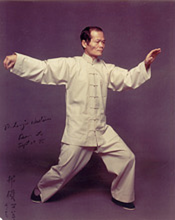
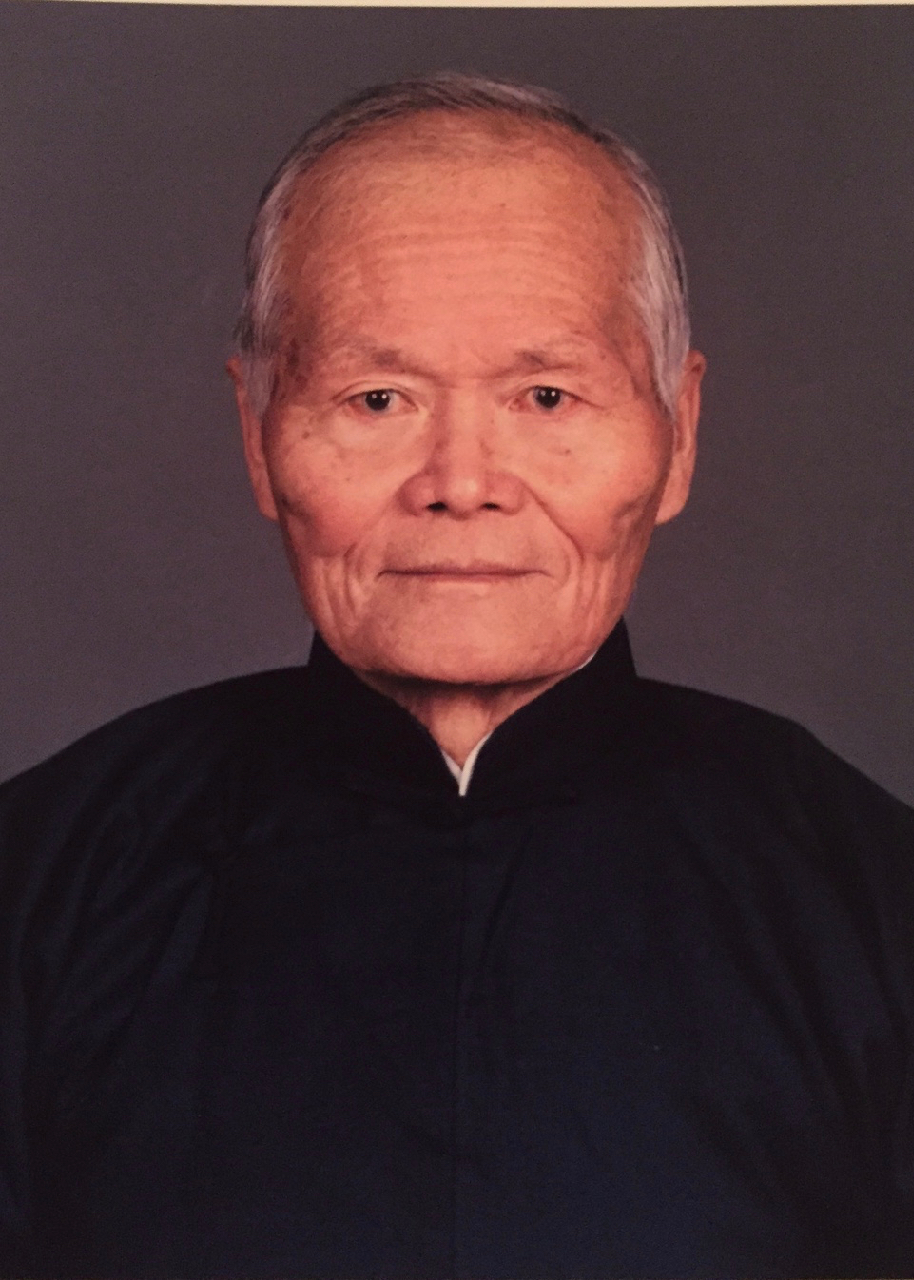
Ben Lo was born in China and moved to Taiwan in 1948. He was introduced to Tai Chi when he became a patient of Professor Cheng. To gain strength so he could be treated for a serious illness, Mr. Lo became Professor Cheng's first Tai Chi student in Taiwan and remained one of his top students.
Known widely for his deep skill and humility, Laoshi (Lǎoshī) Lo was among the foremost teachers and practitioners in Professor Cheng’s lineage and a standard bearer for the style in the United States, teaching in San Francisco from 1975 until his death in 2018. Laoshi (Lǎoshī) Lo taught Simplified Yang style T'ai Chi Ch'uan to thousands of students in the United States, Europe, and Taiwan.
You can learn more about Laoshi (Lǎoshī) Lo on his Wikipedia page.
Lenzie Williams (Tai Chi Berkeley)
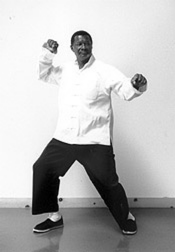
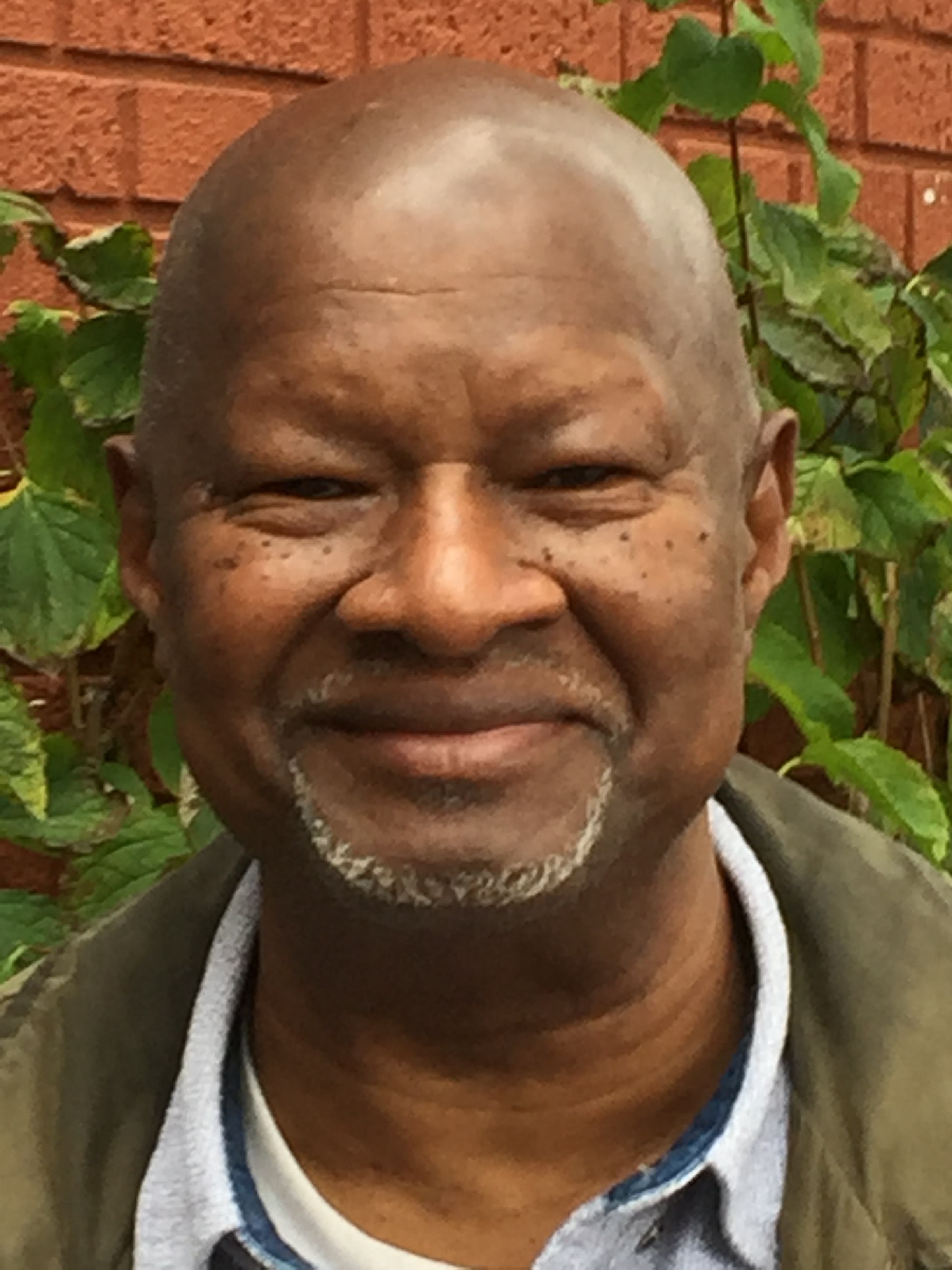
Lenzie Williams began studying with Laoshi (Lǎoshī) Lo in 1975, continuing for over forty years until Laoshi (Lǎoshī) Lo’s death in 2018. He also participated in Tai Chi Ch’uan push hands tournaments in the U.S. and Taiwan, winning or placing in most of them, including winning the Push Hands Grand Championship at the Taste of China Tournament in Winchester Virginia in 1988 and 1990.
Mr. Williams has been instructing for more than 35 years, teaching in Berkeley CA and giving workshops in both the United States and Europe.
You can learn more about Mr. Williams on his website: Tai Chi Berkeley.
St. Louis T'ai Chi Ch'uan Association (http://www.taichistlouis.org)
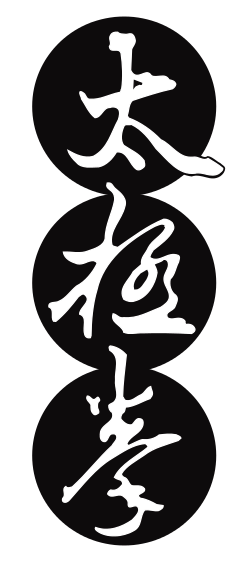
The St. Louis T’ai Chi Ch’uan Association was formed in 1979, and incorporated as a non-profit in 1981. From its start, Association members have practiced and taught Simplified Yang style T'ai Chi Ch'uan, instructed by Laoshi (Lǎoshī) Lo and other senior members of our style through workshops in St. Louis and elsewhere. Individuals with many years of experience in Tai Chi volunteer their time to teach, continuing to learn from Lenzie Williams and other senior practitioners in our style.
Brian Gilstrap


Brian started learning Simplified Yang style T'ai Chi Ch'uan in 1992 at the St. Louis T’ai Chi Ch’uan Association. Being part of the Association allowed him to learn from a variety of Association instructors, Laoshi (Lǎoshī) Ben Lo, Robert W. Smith, Lenzie Williams, and other senior students of Laoshi (Lǎoshī) Lo. He has also benefited from the kindness and instruction of many other talented T’ai Chi practitioners over the years.
Brian continues to pursue the art and strives to share all he has learned about Simplified Yang style T'ai Chi Ch'uan. He’s been instructing since 2010, volunteering his time to teach for the St. Louis T’ai Chi Ch’uan Association (where he also serves on the board) and offering classes through Heart-mind Tai Chi.
Classes
You can read about classes offered through Heart-mind Tai Chi.
Questions? If you still have questions you may find answers in the Frequently Asked Questions. Or you can email us.
1. Benjamin Pang leng Lo; The Essence of T'ai Chi Ch'uan - The Literary Tradition; Annotated Edition, 14; (Referring content)2. Benjamin Pang leng Lo; The Essence of T'ai Chi Ch'uan - The Literary Tradition; Annotated Edition, 14; (Referring content)
3. Benjamin Pang leng Lo; The Essence of T'ai Chi Ch'uan - The Literary Tradition; Annotated Edition, 14; (Referring content)